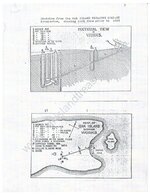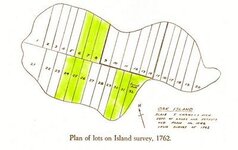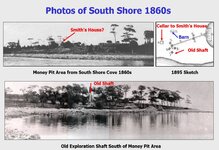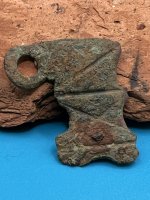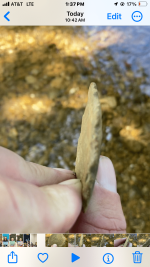If you are a nerd, like me, that likes to know the how and why of 'things', then this short article about salt and it's historical production, this link is for you.
It also just happens to reinforce the theory of salt production at Smith's Cove in many ways...among that being, and even in now modern times..
" Due to the high share of transport costs in production costs, markets are generally regionally limited to the area around the production centers."
Plus the facts of salt production from seawater and how many were 'small production' centers for local use..
All in all just more knowledge with a bit more info as to 'why' the Smith Cove salt works would be plausible...
Scroll down to "The history of salt extraction" if you only have a passing interest...
K+S Group - Global salt deposits
It also just happens to reinforce the theory of salt production at Smith's Cove in many ways...among that being, and even in now modern times..
" Due to the high share of transport costs in production costs, markets are generally regionally limited to the area around the production centers."
Plus the facts of salt production from seawater and how many were 'small production' centers for local use..
All in all just more knowledge with a bit more info as to 'why' the Smith Cove salt works would be plausible...
Scroll down to "The history of salt extraction" if you only have a passing interest...
K+S Group - Global salt deposits



